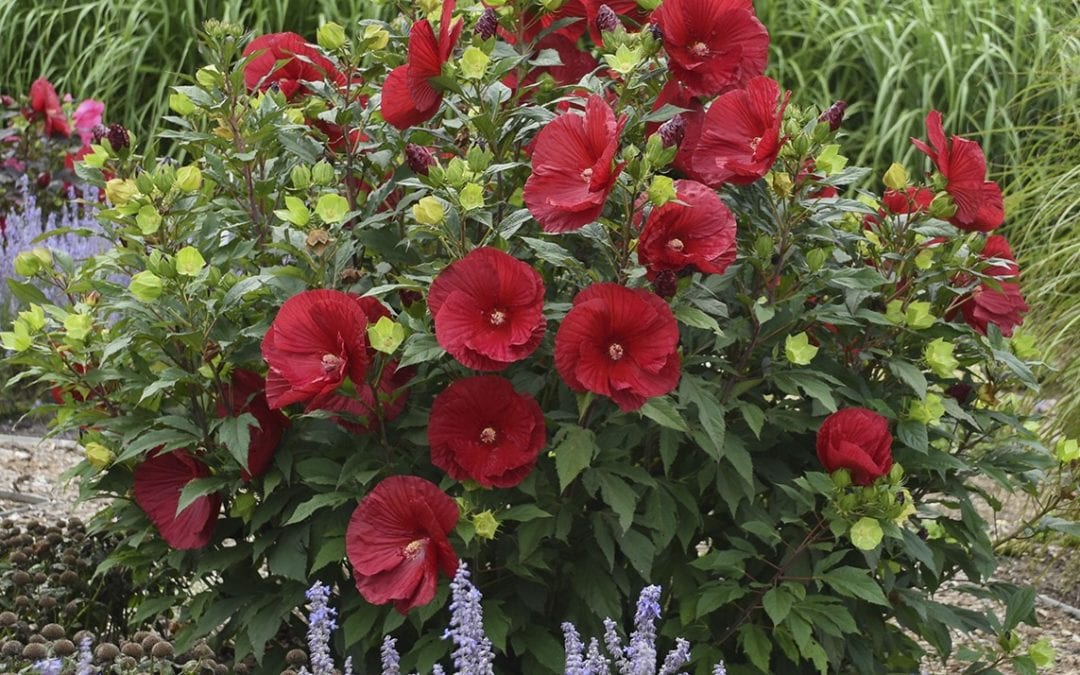By: Lisa Briggs | May 8th, 2019
Gardeners are not the kind of folks who enjoy being cooped up in the house all winter. When the weather finally breaks, and plants begin to emerge from dormancy, it’s understandable that we are eager to greet every new shoot and admire every swelling bud. But, we can also be quick to pass judgment on the viability of our plants. Sometimes, too quick.
There are many commonly-planted trees, shrubs, and perennials that are slow to emerge in the spring, especially after a roller coaster winter. We like to think of these plants as teenagers, lolling about in the garden bed late on a Saturday morning, while the rest of the plants in our borders are up and flaunting spring color. However, when we unearth that dead looking Butterflybush because the neighboring Peonies are already flowering, we are doing our gardens, and ourselves as gardeners, a disservice. After all, no one wants to replace viable plants. We’d rather spend our hard earned garden dollars on new and exciting varieties.
Unless tucked into a protected spot, perennials on the northern edge of their hardiness zone tend to emerge later. Many of them won’t show any signs of life until mid-June. The aforementioned Butterflybush is in this group which also includes Blue-mist Spirea, Hardy Hibiscus, Butterflyweed, and Balloon flower. Make sure that these perennials are labeled with a garden marker so that an unknowing thrust of the spade doesn’t slice them in half.
Shrubs that can typically die back to the ground, like Smooth- and Big-leafed Hydrangeas, and many Roses, can be slow to leaf out, too. We see those budded-and-blooming varieties at the Garden Center and wonder why those at home are showing last year’s dead stems and little else. But these plants are often on their own roots, a term we use that means they are not grafted onto a different rootstock. So wait and see. New growth that emerges from the base of the plants are truly what you originally planted, and given some time and warm temperatures will bloom just as nicely as they did when you planted them.
There are shrubs and trees that don’t die back but can be very slow to show new leaves. These include Rose of Sharon, Mountain-laurel, Sweetshrub, Weigela, and newly established Redbuds. At the Plant Information Desk, we send countless shrubs home with gardeners once slowly developing buds are pointed out. If you have these and they are looking a little grim when compared to their blowsy border mates, try this before digging them out: check the stems to see whether they are pliable or flick back a bit of the stem. The tissue underneath should be a juicy green color. These signs are asking you to be patient.
There is an end to this waiting though. We usually use Father’s Day as a marker, but this year we’d hold off until the end of June. By then, all plants in your garden plants should be showing some growth. This is finally the time to make those hard choices and remove plants that are not performing. And keep all of this in mind when you are shopping for replacements. If you like all of your plants to spring forth fully formed, like Athena from the head of Zeus, consider making different selections. Some plants just march to a slower drummer.

